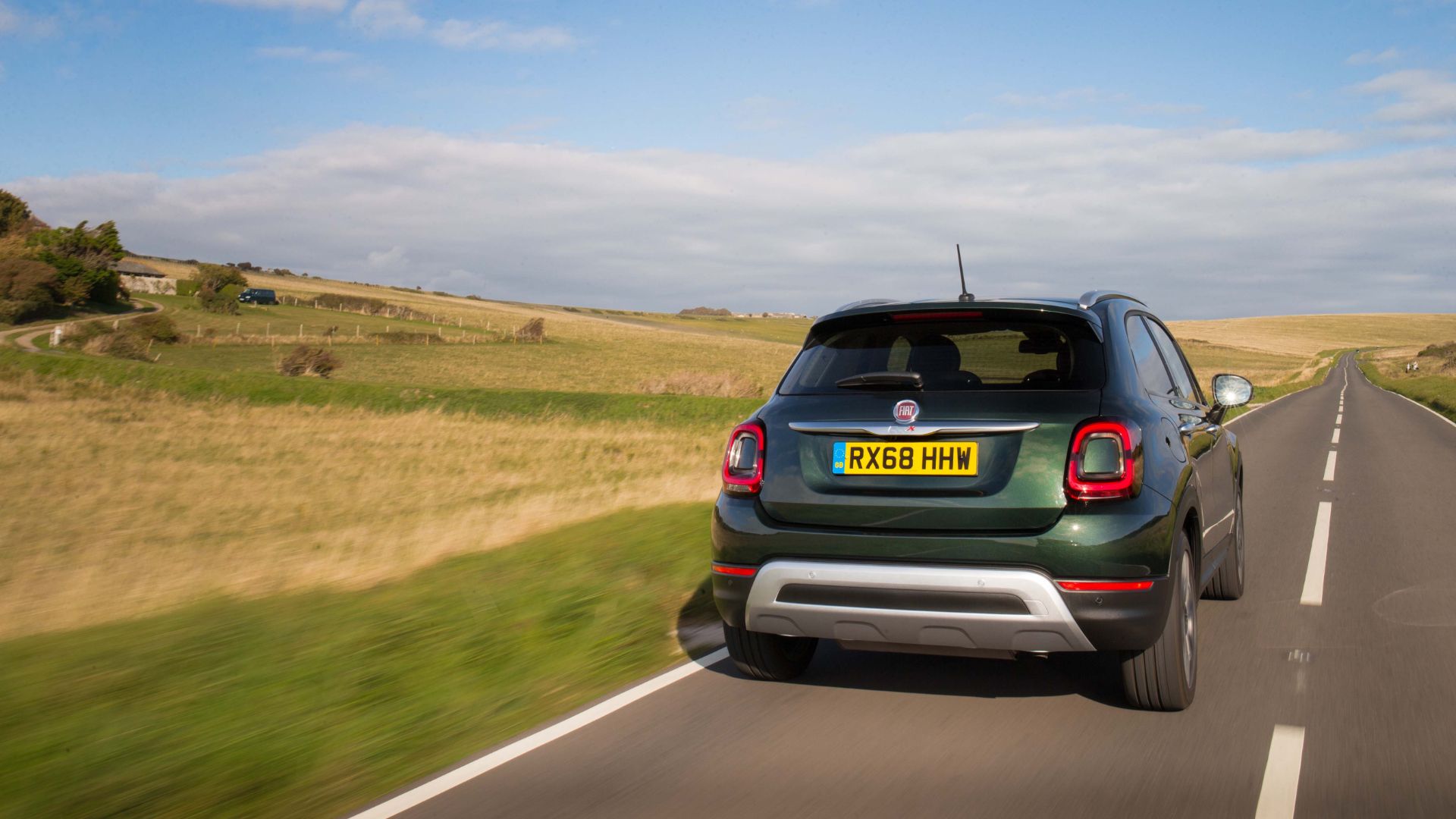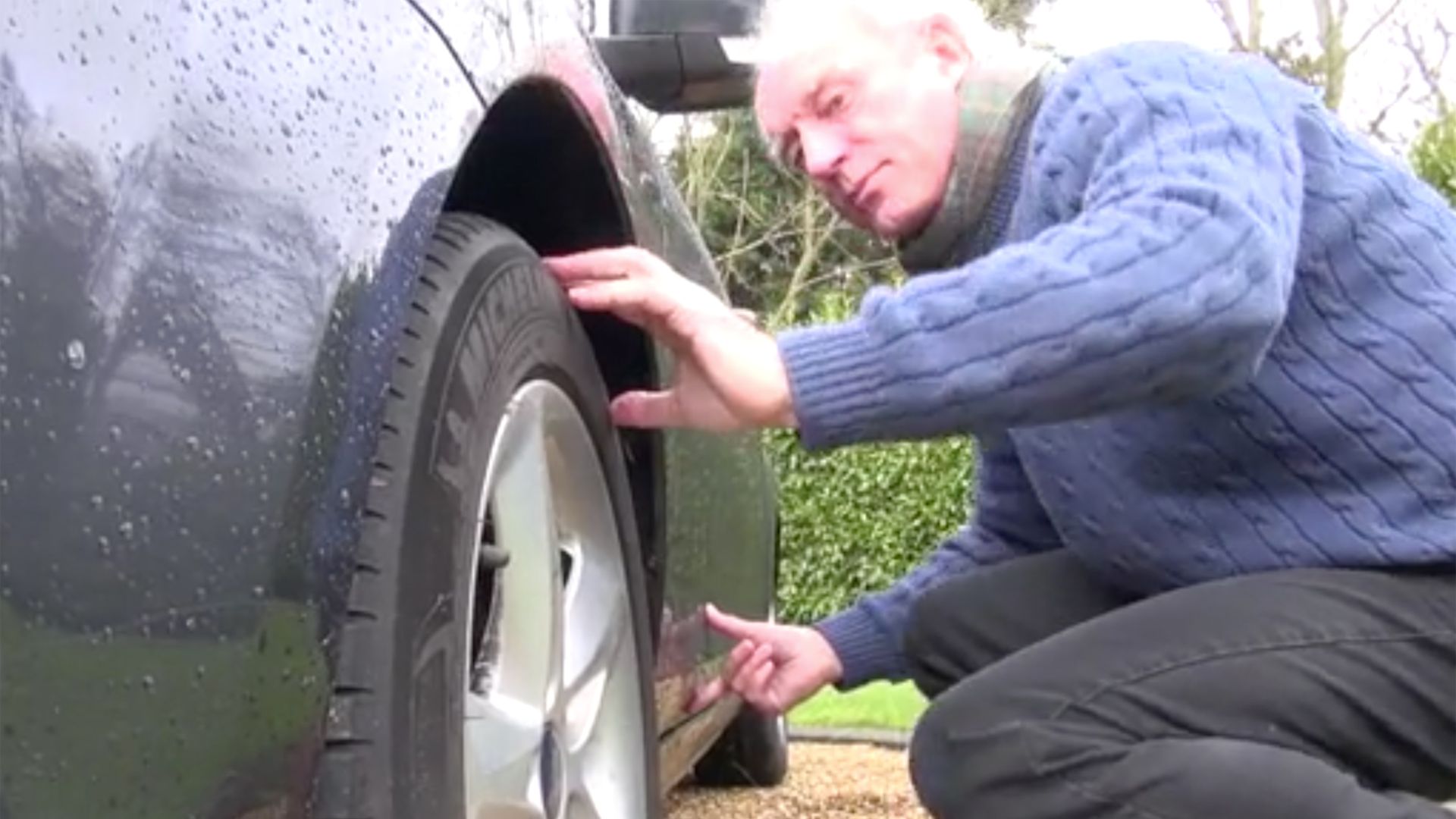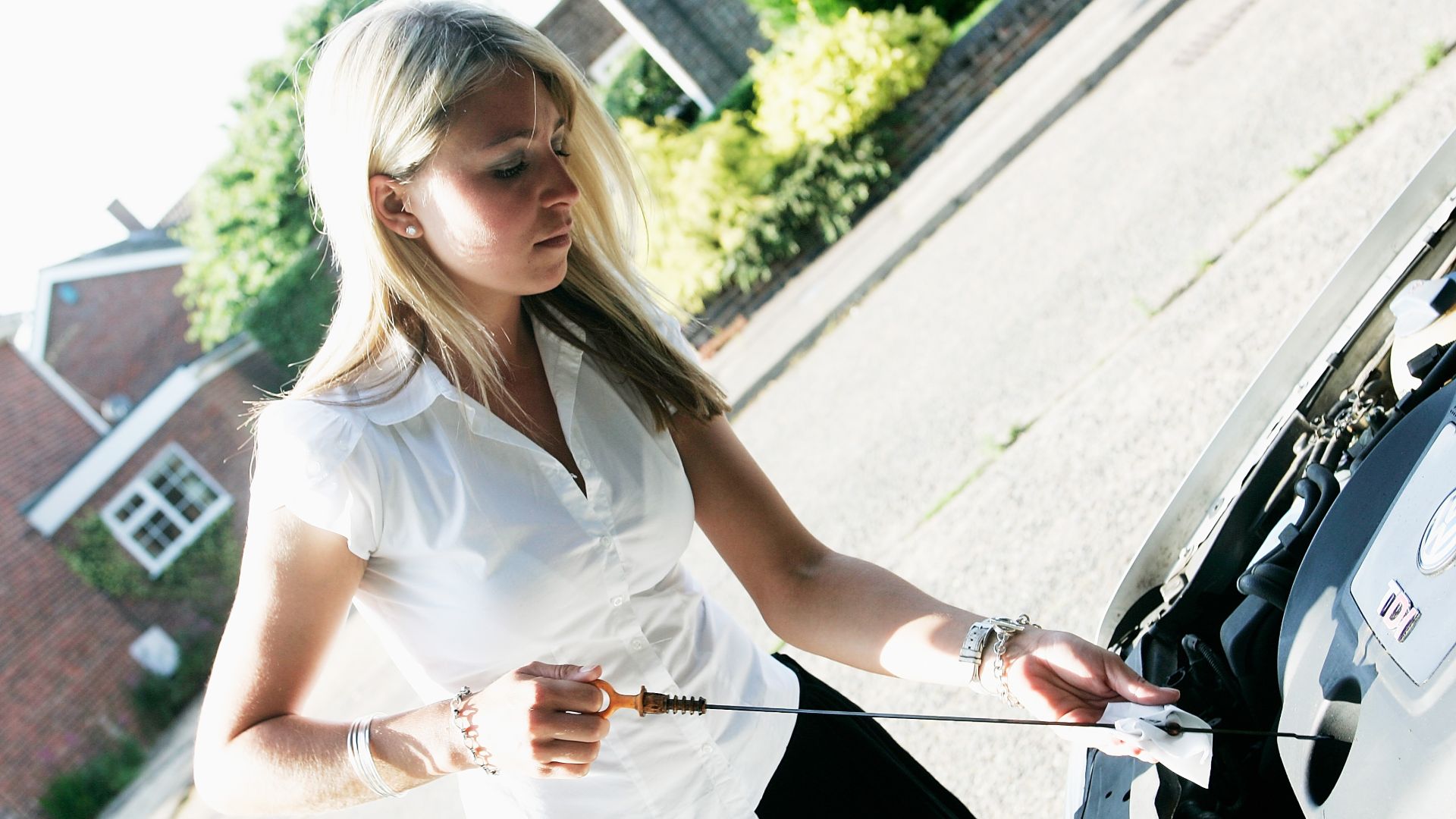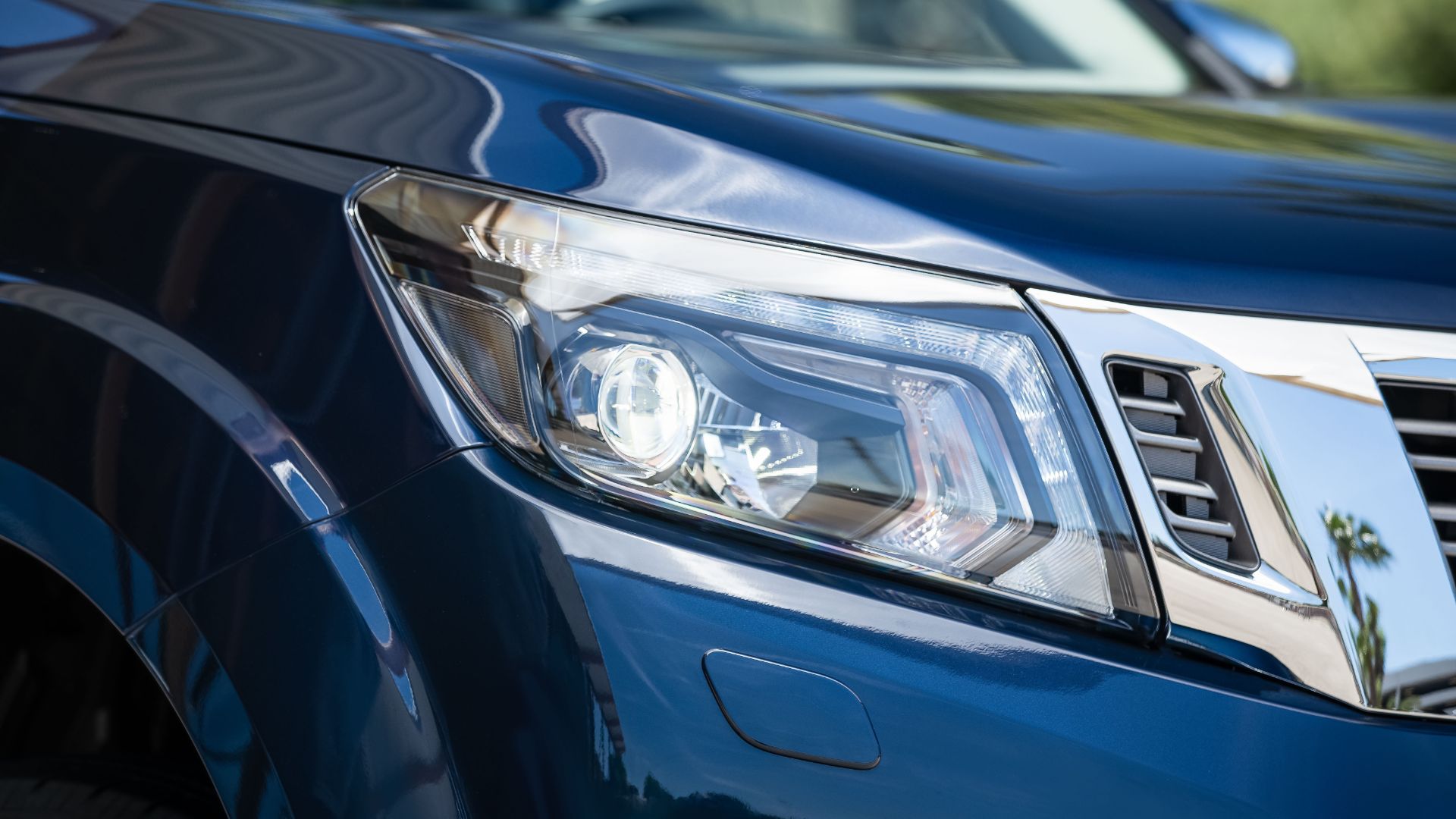
As the UK’s coronavirus lockdown eases, many cars will be driven for the first time in weeks. Making a few careful checks first is important to stay safe.
Here, we look at three key areas to focus on before hitting the road: tyres, oil and lights.
These easy-to-follow checks require no mechanical knowledge or special tools – and should take no more 10 minutes in total.
If your car requires repair, remember that most garages have stayed open during the pandemic. And if all else fails and you need a new car, showrooms are permitted to reopen from 1 June…
Check your tyres

Begin by checking the air in your tyres: they may have deflated over time. The manufacturer’s recommended pressures (measured in PSI or Bar) will be listed in the car’s handbook, plus somewhere on its body – often inside the fuel filler flap or front door opening. Note the figures may differ for the front and rear tyres.
To measure the pressure, find the tyre valve (near the outer edge of the wheel) and remove the plastic cap. Hold a tyre pressure gauge firmly against the valve for a reading.
If the pressure needs topping up, you will need an air compressor. These are found at many petrol stations and usually charge around 50p for several minutes of air. Alternatively, you could buy one online.
You should also check the depth of your tyre tread before driving – and at monthly intervals thereafter. UK law requires 1.6mm of tread across the central three quarters of the tyre. The easiest way to measure this is with a 20p coin. Push the coin into the tyre grooves: if you can see its outer band (where ‘Twenty Pence’ is written), the tread is below the legal limit.
Note that under-inflated tyres will adversely affect the car’s handling and increase fuel consumption, while driving with insufficient tread could land you a £2,500 fine and three penalty points for each illegal tyre.
Check your oil

Oil is the lifeblood of your engine. It lubricates the moving parts and prevents premature wear. For that reason, checking the oil – and topping it up if needed – is essential before driving after lockdown.
Most cars have an oil warning light on the dashboard (usually shaped like an oil can) to alert you if the level is low. However, we recommend supplementing this with a manual check.
Open the bonnet and locate the dipstick. It’s often colour-coded yellow and towards the front of the engine – consult the handbook if you’re unsure. Pull out the dipstick, wipe it clean with a tissue or cloth, reinsert it for a few seconds and then take it out again.
The oil level should be between the minimum and maximum marks on the dipstick. If it’s below the former, you will need to top it up. Use the recommended oil for your engine and pour in a small quantity at a time, checking the level at regular intervals.
Check your lights

It sounds obvious, but ensuring all your car lights work is vital before driving again, even in summer. Failure to do so risks a fine, penalty points or worse.
With the engine running (so as not to drain the battery) and the handbrake on, switch on the headlights and walk around the car to check each of the indicators in turn.
To check the brake lights work, you may need a friend to help – or you could try backing up close to a wall or window. Replacement bulbs are cheap to buy and available from car accessory shops, many of which have remained open.
Video: top healthy car tips
ALSO READ
How to stay healthy and safe when driving
Cat S, C, D, N: What do the car insurance write-off categories mean?